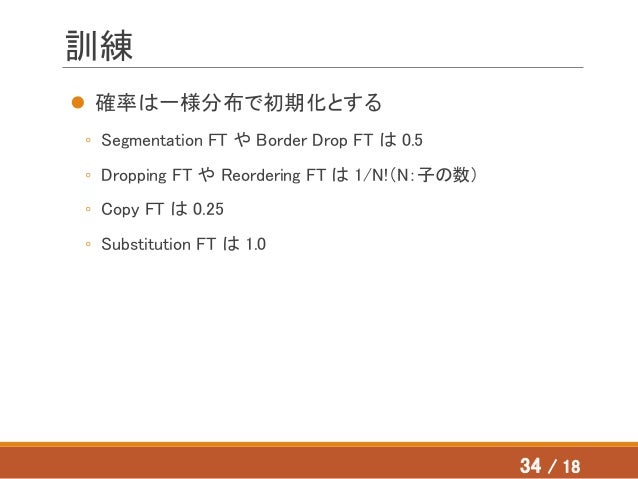

Cain ( Reference Cain2007), for example, showed that reading and syntactic awareness shared unique variance not explained by other variables when assessed in eight- and ten-year-old children. Syntactic awareness, in particular, has been associated with both language and reading proficiency (Bialystok & Barac, Reference Bialystok, Barac, Li and Grosjean2013 Gaux & Gombert, Reference Gaux and Gombert1999 Guo, Roehrig, & Williams, Reference Guo, Roehrig and Williams2011 Katz, Reference Katz2004 Mokhtari & Thompson, Reference Mokhtari and Thompson2006 Nation & Snowling, Reference Nation and Snowling2000). Past research has shown that these metalinguistic skills are closely related to literacy (e.g., Gombert, Reference Gombert1992 McGuinness, Reference McGuinness2005 Nunes & Bryant, Reference Nunes and Bryant2004). In general, each of these metalinguistic skills requires that a language speaker is able to distance him or herself “from the content of speech in order to pay attention to the structural features of a language and to the language's properties as an object” (Reder et al., Reference Reder, Marec-Breton, Gombert and Demont2013, p. It can be contrasted with morphological awareness, or the ability to reflect on and manipulate morphological units within words (Carlisle, Reference Carlisle2003 McBride-Chang et al., Reference McBride-Chang, Cho, Liu, Wagner, Shu, Zhou and Muse2005), and phonological awareness, or the ability to identify and manipulate sounds within words (Goswami, Ziegler, & Richardson, Reference Goswami, Ziegler and Richardson2005). Syntactic awareness is a type of metalinguistic awareness that refers to one's knowledge and awareness about the grammatical structure of sentences in a language, including the order of words in a sentence (Reder, Marec-Breton, Gombert, & Demont, Reference Reder, Marec-Breton, Gombert and Demont2013).

These results highlight the importance of receptive vocabulary ability on syntactic awareness performance, regardless of language group. However, no differences were found between the ranges for ambiguous gender constructions. For example, children with the highest receptive vocabulary scores were more accurate in detecting incorrect word order constructions (i.e., word order violations, semantic anomalies) and incorrect gender agreement than children in the lower receptive vocabulary ranges. In fact, bilingualism per se did not impact the results as much as receptive vocabulary range. All children were better at detecting grammatically correct and incorrect word order constructions than gender constructions, regardless of language group. In this study, monolingual (English) and bilingual (English/Spanish, English/Urdu) five- and six-year-old children completed a grammaticality judgment test in order to assess their awareness of the grammaticality of two types of syntactic constructions in English: word order and gender representation.


 0 kommentar(er)
0 kommentar(er)
